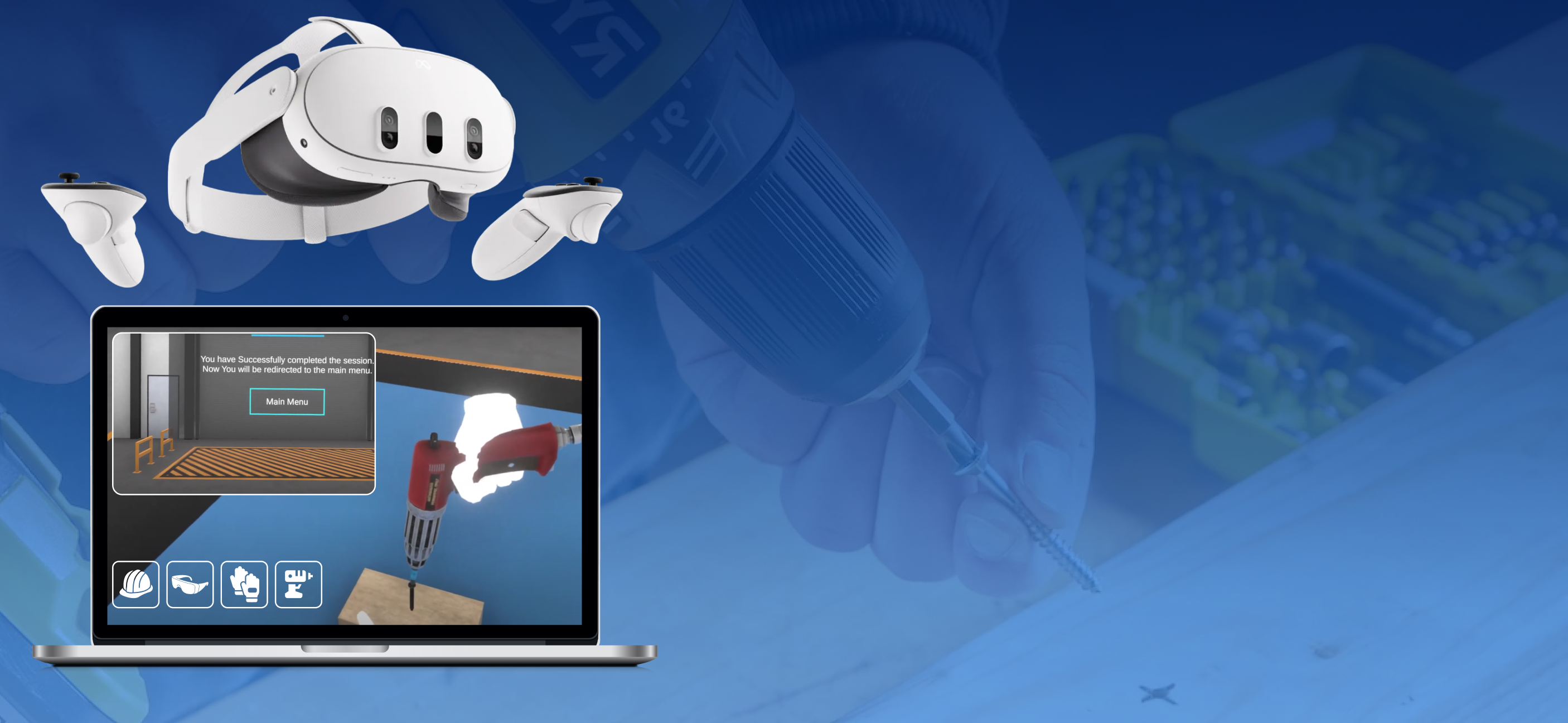Program-Ace's capabilities across a broad range of development and design tools and cost-effective solutions for complex issues are impressive. The team took the time to understand our goals in a space that was unknown to them previously.

Joseph Baroh
Sr Manager of Comms, Programs, and Platforms, Gap Inc.
The team is highly collaborative and integrates well with the client’s internal team. They use Jira for sprint planning and communicate effectively through Slack. Their expertise stands out.

Greg Roach
CTO & Head of Innovation, Spinview
They’re a fast, skilled team that comprehends the project’s goals and adapts to meet them. Their ability to excel in a scrum environment and deliver quality work makes them a valuable asset.

Manny Reif
VP, RADWIN
They use a collaborative approach and have highly creative people. End customers are pleased with the realism of the AR/VR environments that the team has created.

Nick Dale
Product Manager, Lampada Digital Solutions



























